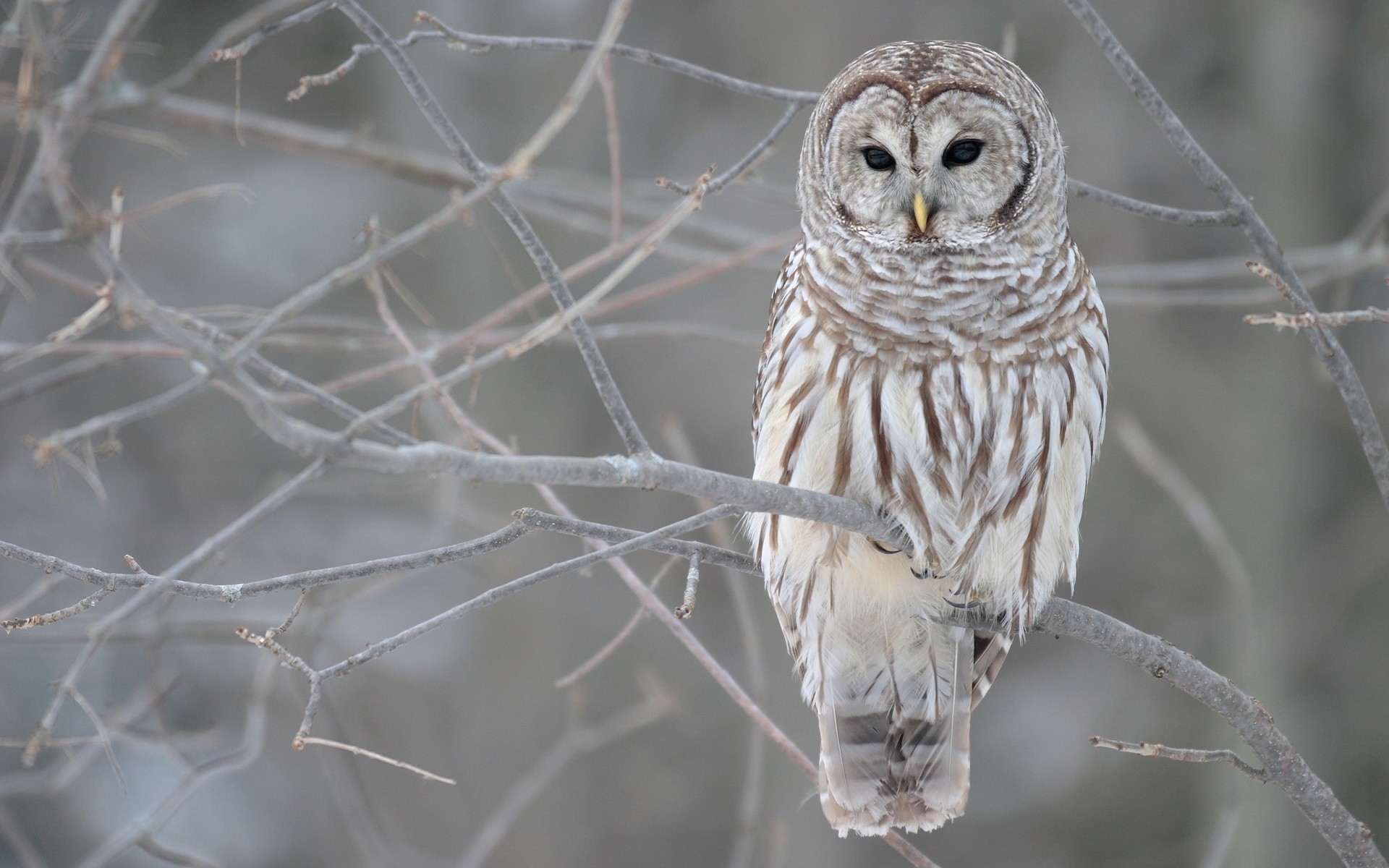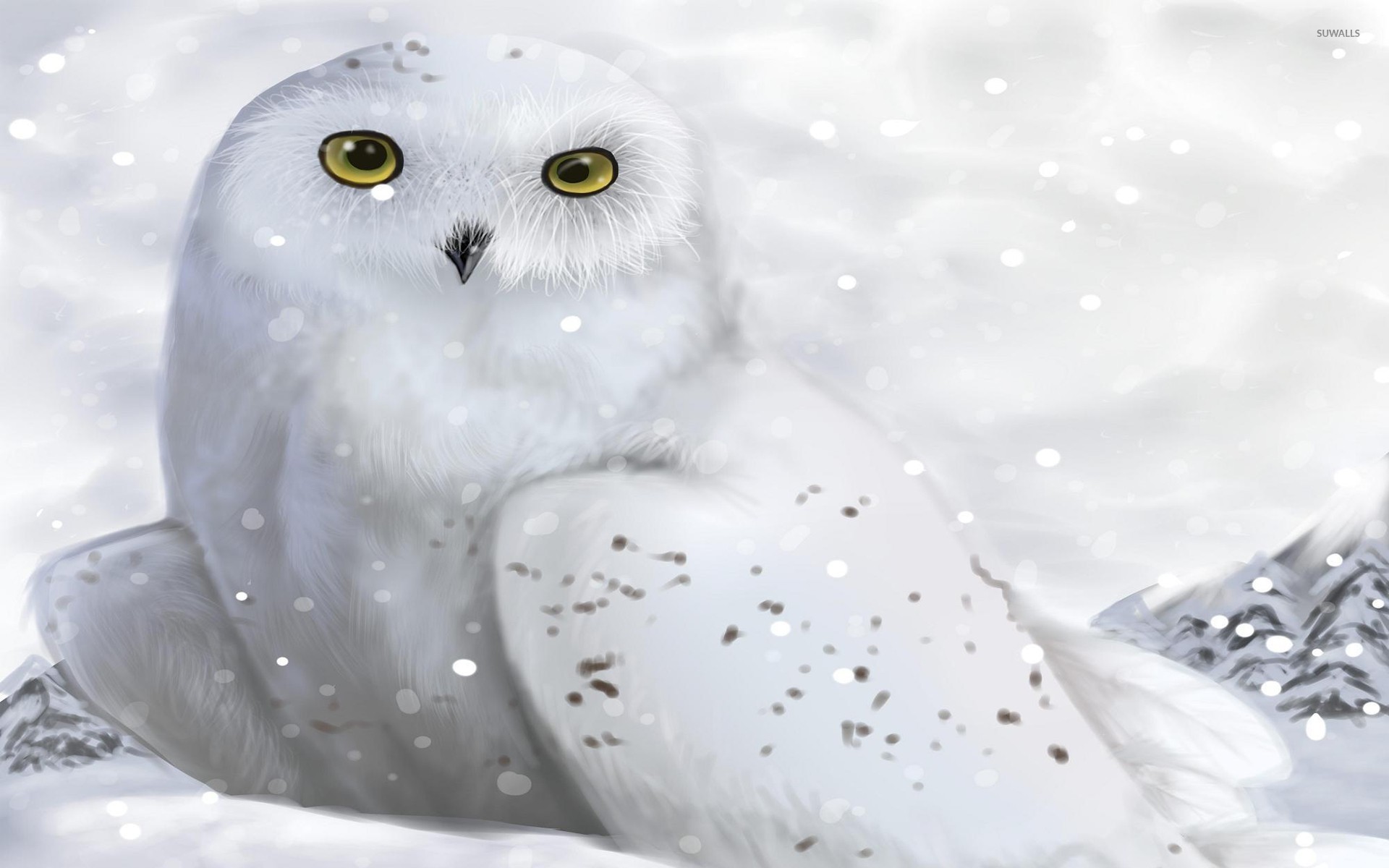The white owl, a creature of mystery and grace, has long captured the imagination of people around the world. Often associated with wisdom, purity, and mystery, this bird holds a special place in folklore, literature, and spiritual practices. Whether you’ve encountered one in the wild, in a story, or in a dream, the white owl is a symbol that resonates deeply with many. In this article, we’ll explore the fascinating world of the white owl, from its natural habitat and behavior to its cultural significance and symbolism.
As we delve into the world of the white owl, you’ll discover how this bird has been revered across different cultures and time periods. Known for its striking white plumage and piercing gaze, the white owl is not only a visual marvel but also a creature rich in meaning and interpretation. Whether you’re an avid birdwatcher, a lover of symbolism, or simply curious, this article will provide you with a comprehensive understanding of the white owl.
In the following sections, we’ll cover everything from its biological characteristics and habitat to its role in mythology and modern-day interpretations. By the end of this article, you’ll have a deeper appreciation for the white owl and the layers of significance it carries. Let’s embark on this journey to uncover the secrets of this magnificent bird.
Read also:Celebrities With Overbites Embracing Unique Smiles In Hollywood
Table of Contents
- Biography of the White Owl
- Physical Characteristics
- Habitat and Distribution
- Diet and Hunting Techniques
- Behavior and Social Structure
- Cultural Significance
- Symbolism and Meaning
- Conservation Status and Efforts
- Interesting Facts
- Conclusion
Biography of the White Owl
The white owl, often referred to as the snowy owl, is a large bird of prey native to the Arctic regions. Its scientific name, Bubo scandiacus, reflects its majestic and regal nature. Below is a table summarizing key data about the white owl:
| Attribute | Details |
|---|---|
| Scientific Name | Bubo scandiacus |
| Average Lifespan | 9–10 years in the wild |
| Size | 20–28 inches in length |
| Wingspan | 4.5–5.5 feet |
| Habitat | Arctic tundra, open fields, and coastal areas |
| Diet | Primarily lemmings, small mammals, and birds |
Physical Characteristics
The white owl is renowned for its striking appearance. Its pure white feathers, often speckled with black or brown markings, provide excellent camouflage in its snowy habitat. The feathers are not only beautiful but also functional, insulating the bird against the harsh Arctic cold. The white owl’s eyes are another defining feature—large, golden, and forward-facing, they provide exceptional vision for hunting in low-light conditions.
One of the most fascinating aspects of the white owl’s anatomy is its silent flight. The feathers are specially adapted to muffle sound, allowing the owl to approach prey without detection. This adaptation is crucial for its survival in the wild, where stealth is key to successful hunting.
Unique Features
- Feathered feet to protect against cold temperatures
- Asymmetrical ear placement for pinpointing prey location
- Powerful talons capable of gripping and carrying prey
Habitat and Distribution
The white owl is primarily found in the Arctic tundra, where it thrives in open, treeless landscapes. During the winter months, some populations migrate south to regions like Canada, the northern United States, and parts of Europe. This migration is often driven by food availability, particularly fluctuations in lemming populations.
While the white owl prefers remote and desolate areas, it has been spotted in urban environments during its southern migrations. These rare sightings often generate excitement among birdwatchers and nature enthusiasts.
Diet and Hunting Techniques
The white owl is a carnivorous predator, with lemmings forming the bulk of its diet. A single owl can consume up to 1,600 lemmings in a year, making this small rodent a critical part of its survival. In addition to lemmings, the white owl preys on other small mammals, birds, and even fish.
Read also:Anjali Arora Viral Mms Unveiling The Truth Behind The Sensation
Hunting techniques vary depending on the environment. In the Arctic, the owl relies on its keen eyesight and hearing to locate prey beneath the snow. It will perch on a high vantage point, patiently scanning the ground before swooping down to capture its target. In open fields, it may hover briefly before striking.
Hunting Adaptations
- Exceptional night vision
- Acute hearing to detect prey movements
- Silent flight to avoid alerting prey
Behavior and Social Structure
White owls are generally solitary birds, coming together only during the breeding season. Males perform elaborate courtship displays to attract females, including aerial acrobatics and presenting prey as gifts. Once paired, the couple works together to build a nest and raise their young.
During the breeding season, white owls are highly territorial, defending their nests from predators and other owls. Outside of this period, they tend to be more nomadic, moving in search of food and suitable habitats.
Cultural Significance
The white owl has played a significant role in various cultures throughout history. Its striking appearance and nocturnal habits have made it a symbol of mystery and wisdom. In this section, we’ll explore its presence in mythology and literature.
White Owl in Mythology
In Native American cultures, the white owl is often seen as a messenger between the physical and spiritual worlds. It is believed to bring guidance and protection to those who encounter it. In some traditions, hearing the call of a white owl is considered a sign of impending change or transformation.
White Owl in Literature
The white owl has also made appearances in literature, often symbolizing wisdom, solitude, or mystery. In J.K. Rowling’s Harry Potter series, the snowy owl is the loyal companion of the protagonist, Harry, symbolizing loyalty and purity. This portrayal has helped popularize the white owl among younger generations.
Symbolism and Meaning
Across cultures, the white owl is a powerful symbol of wisdom, purity, and intuition. Its ability to see in the dark represents insight and the ability to navigate through uncertainty. In dreams, encountering a white owl is often interpreted as a sign to trust your instincts and seek deeper understanding.
In modern times, the white owl has also become a symbol of environmental awareness. Its reliance on fragile Arctic ecosystems highlights the importance of conservation efforts to protect its habitat.
Conservation Status and Efforts
While the white owl is currently listed as “Vulnerable” by the International Union for Conservation of Nature (IUCN), its population faces several threats. Climate change, habitat loss, and declining prey populations are significant challenges. Conservationists are working to protect its Arctic habitat and raise awareness about the importance of preserving this iconic species.
Efforts include monitoring populations, protecting breeding grounds, and educating the public about the white owl’s ecological role. Supporting these initiatives is crucial for ensuring the survival of this majestic bird.
Interesting Facts
- White owls are one of the few owl species that are active during the day.
- They can rotate their heads up to 270 degrees to scan their surroundings.
- During the breeding season, males may lose up to 25% of their body weight due to the demands of courtship and parenting.
- White owls are known to mimic the appearance of a snow-covered rock to blend into their environment.
Conclusion
The white owl is a remarkable bird that embodies wisdom, purity, and resilience. From its stunning appearance to its rich cultural symbolism, it continues to captivate and inspire people around the world. By understanding its biology, behavior, and ecological significance, we can appreciate the vital role it plays in maintaining the balance of its fragile Arctic ecosystem.
We encourage you to share this article with fellow nature enthusiasts and to explore more about the fascinating world of birds. If you’ve had a personal encounter with a white owl or have any thoughts to share, leave a comment below. Together, let’s celebrate and protect the beauty of the natural world.

